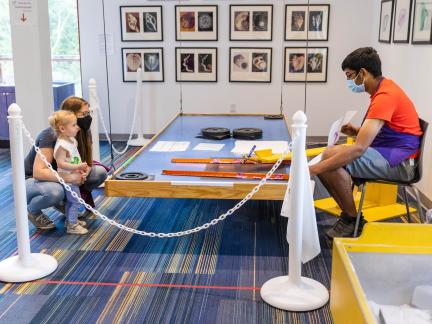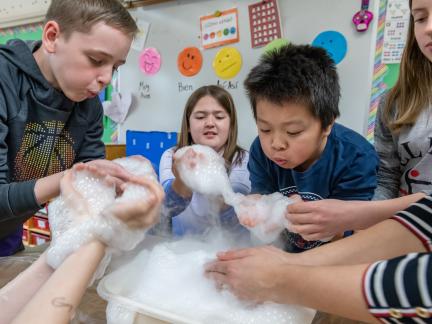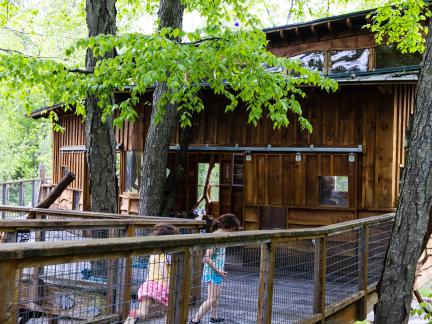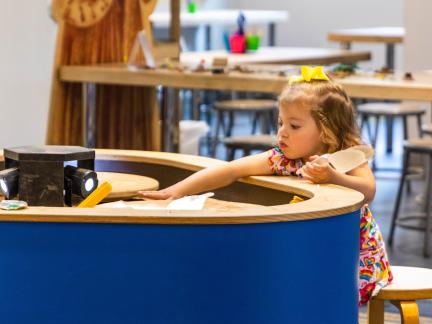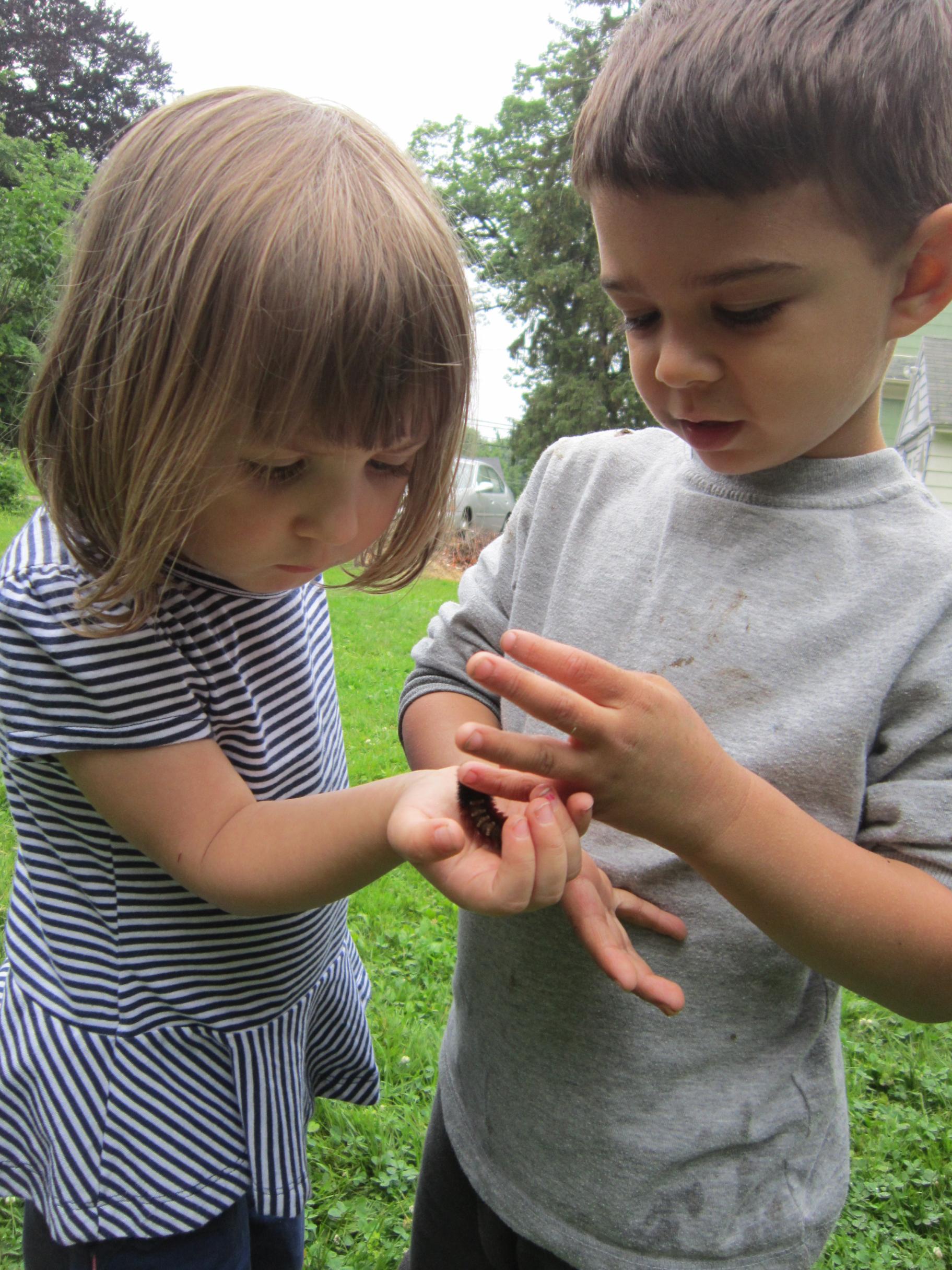Update from our CEO | January 2022
Do you remember the first generous thing you ever did? Probably not. It likely happened earlier than your first memory. I think I know about one of my firsts from a newspaper clip my parents saved.
Parents want to know how to teach their kids to grow up to be kind and generous, and they worry about the possessive tendencies of young children. There are many parenting articles on this topic, and most correctly point out that kids have a natural predisposition to do good for others and to be fair; it’s up to parents and caregivers to nurture and support these inclinations. Parents who are concerned about their young child’s possessiveness should know that research has shown that even infants can override their possessive tendencies and share a personal object because they feel good about being generous.
Gwen Dewar summarized key research findings around teaching kids generosity and kindness: children help because it feels good; they are less likely to share if they have been pressured to by adults in the past; and giving rewards or payment for helping turns off the generous impulse. One time as I passed a school group enjoying their lunches at the Museum, I remarked, jokingly, how much I liked PB&J. Next thing I know a first grader is offering me half his sandwich! That was pure, unpressured, instinctive generosity.
Through the Discovery Museum Speaker Series, both Mary Gordon, founder of Roots of Empathy, and Ron Lieber, New York Times “Your Money” columnist and author of The Opposite of Spoiled, shared with us approaches to developing prosocial behaviors in children. Mary helped us understand that empathy is foundational to raising kind and generous children and talked about planting the seeds of compassion and caring early to develop empathy. Ron talked about helping kids see the joy and happiness in giving. Both emphasized the importance of parents and caregivers in building, modeling, and reinforcing these values.
Nurturing empathy has been described as helping kids put themselves in the shoes of the other person. It helps kids see the needs of others. That connection can lead kids to be spontaneously helpful, kind, and generous. Parents can support these acts by careful praise—being careful not to manipulate as that can backfire—that emphasizes the helper more than the help: “I am proud that you like to help.”
Being a role model of empathy and generosity is perhaps the most powerful tool. Kids copy and mimic the behaviors of others, particularly their parents. So, when you help others, express empathy, volunteer your time, etc., all of those actions model generosity, empathy, and helpfulness for your children.
We at the Museum have tried to create ways to help model generosity and to support our community. For many years, we have encouraged those attending our Free Friday Nights to consider “paying it forward” a bit by bringing food donations for local food pantries. Other times we have done specific drives—for pots and pans, towels, toiletries, diapers—for local organizations that support area families. These are all good ways to demonstrate caring and giving to others that kids can notice and internalize.
MacKenzie Scott, who has received a lot of attention for giving billions of dollars to charity, recently wrote about the unquantified importance of non-financial giving. Her essay, “No Dollar Signs This Time,” did not detail her “philanthropy,” the amount of money she donated in the year, but instead highlighted the equal yet unmeasured value of generosity of spirit—the giving of your time, your voice, or your support through volunteerism, service, demonstration, or neighborly support—and the far-reaching impact those acts can have. “Each unique expression of generosity will have value far beyond what we can imagine or live to see,” she wrote.
An important consideration about supporting generosity is the issue of equity. Everyone, no matter their circumstances, can be generous. We need to help kids avoid developing stereotypes about who gives and who receives. We need to emphasize that all forms of generosity are valuable, and that helping others in need is about their circumstances, not about who they are. The Museum will take a small step in this direction this year when we celebrate our 2021 supporters without regard to the size or nature of their support. We will publish our first Report of Generosity in March.
Discovery Museum’s Martin Luther King, Jr. National Day of Service programs this year will celebrate both service and giving to others. “Small Acts, Big impacts,” will offer three days when families can join us in service by making no-sew beds and simple toys for local animal shelters, and birthday cards for kids who are homeless or in the hospital on their birthdays. We have also set aside dedicated hours for staff to do the same. And throughout the month we are encouraging visitors to donate birthday party supplies for two organizations that create birthday moments for kids who would otherwise not have joyful birthdays, Birthday Wishes and The Confetti Foundation. Consider joining us or doing something similar with friends.
As we wrap up a traditional season of generosity, I hope we can all think about how to practice generosity year round and engender such thinking in our children.
As always, I welcome your thoughts.
Sincerely,
Neil
PS The photo above is a staff favorite, in part because we know those two kids had just met. Sharing that caterpillar was an unprompted and genuine act of generosity and kindness.
